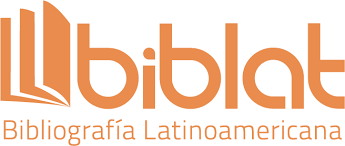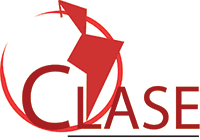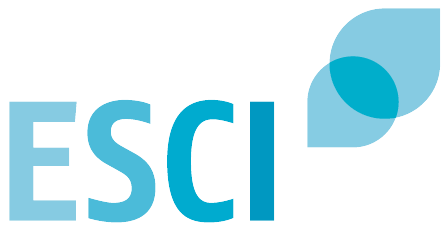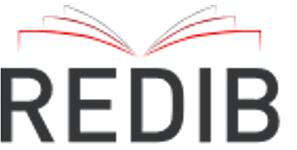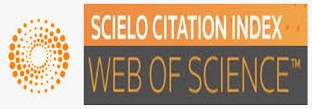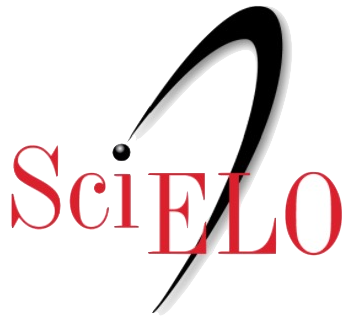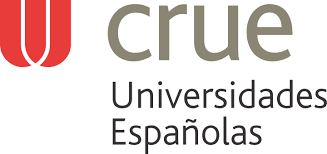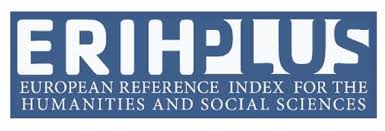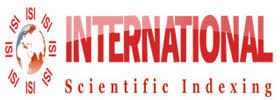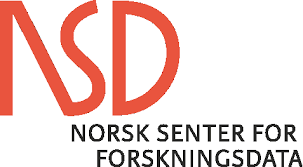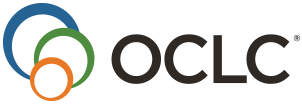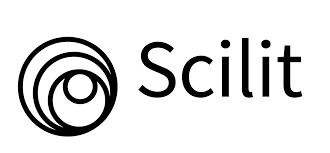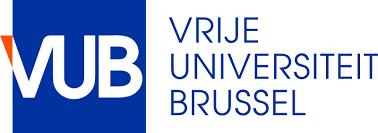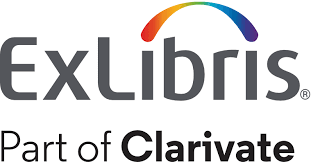Submissions
Submission Preparation Checklist
All submissions must meet the following requirements.
- The submission has not been published previously, nor has it been submitted to another journal for consideration.
- The submission file is in OpenOffice or Microsoft Word format, paginated, in letter size, and uses 2.54 cm margins.
- The text has double line spacing, a single column, Times New Roman font, 12 point font size, is without justification, and all figures and tables must be included according to APA standards (latest version). The text has between 5,000 and 10,000 words, including the summary, keywords and references.
- References must comply with the bibliographic and style requirements indicated in the APA standards, which can be found in the About section of the journal, guaranteeing, whenever possible, the inclusion of the URL addresses for each of the references. The article’s references must be up-to-date, and not exceed 60 citations for original research articles, or 70 in the case of review articles or best practice guides. At least 40% of the references must correspond to publications written in the last five years.
- The text must be written in an academic language, accessible to audiences from different disciplines, and must also adhere to the stylistic and bibliographic requirements presented in the Author's Guidelines that appear in the About section of the journal.
- The instructions for Ensuring an anonymous evaluation must be followed, given that all articles are evaluated by anonymous peers who undertake this work for the journal.
- The main author of the manuscript is responsible for all its contents and must declare that there is no plagiarism, conflicts of interest, or ethical conflicts arising from the writing of the article. The Logos, Ciencia & Tecnología Journal is not responsible for the opinions or any of the faults indicated in this subsection by the authors.
Form to be completed:
*Full Names:
*Complete Surnames:
*Identification document:
((If you are a foreigner, please refer to the identity document used legally in your country; on the contrary, use the following space to indicate the reason why you are using another document)
*Type of document
C.C.___
Passport____
Other___
Which_______
*Number
*Country and city where the document was issued
*Country, city and date of birth.
*Home address (country, city, address):
*Contact telephone numbers: Home: Mobile:
*Work email:
Personal email:
*ORCID
*H5 google research index
CvLAC (If you have a CvLAC curriculum vitae)
*First institutional affiliation:
*Country and city of the institution:
*Institution address:
Institutional web page:
Academic networks to which you belong: Academic training
Undergraduate studies:
Postgraduate studies:
- Both the title and the summary of the article must be in Spanish and English. The summary should not exceed 200 words. The title should be short and concise with a maximum length of 12 to 15 words. If necessary, a subtitle separated by a period can be added below. Avoid using empty expressions, symbols, formulas, abbreviations, or acronyms. The article must have between three and six keywords that identify the article, both in English and Spanish. The key words must reflect the content of the document, and for this reason it is necessary to point out the precise themes of the article, rescuing the areas of knowledge in which it is registered and the main concepts. It is recommended that authors review the terms and hierarchies established in the bibliographic listings (Thesaurus), and search for correspondence between titles, summaries and keywords. When a word is not standardized in a Thesaurus, it should be pointed out.
- The documents cited in the text must be issued by authorized sources such as prestigious organizations that are recognized by national or international institutions, or national or international scientific journals which makes it possible to use the internet to consult the information presented in the articles, by using either databases or by going directly to the website of the scientific journal itself. Books and other documents that offer elements which identify authors or publishers responsible for the content may also be used. Whenever possible, URLs should be provided as referrals.
Research articles / Original articles
A document that presents, in a detailed way, the original results of completed research projects. In general, the structure should contain six basic sections: introduction, methodology, results, discussion of results, conclusions, and references.
The manuscript should be between 5,000 and 10,000 words long, including the summaries, key words, references, tables and figures.
Each abstract will be of an analytical type, and should not exceed 200 words, nor contain equations or references. The analytical summary is one that presents as much quantitative and qualitative information as possible about a text, its purpose, scope, methods, results, conclusions and recommendations, as well as a clear condensation of the original research.
Theoretical articles
Documents that cover theoretical, methodological and epistemological issues in the social sciences. The articles presented have scientific rigor and theoretical solidity, and adopt the international academic standards of publication. Thematic axes are distinguished:
Problems and limitations in research development. Articles that analyze and reflect on the structural conditions of different fields of study, their history with categories and research structures that come from their emergence as a field of study.
Epistemological approaches and perspectives. Articles that contribute to the debates on the diversity and characteristics of approaches and perspectives that are deployed in the development of research, given that there is an important theoretical literature on approaches and perspectives in social sciences, but few theoretical debates on approaches in a specific field.
Methodologies for policy analysis and research. Articles are received that discuss the foundations and uses of various research methodologies and procedures.
History of a field of study. The history of the theoretical field contributes substantially to the understanding of current research challenges in a specific area. In particular, we seek to receive articles that analyze how the main theoretical-epistemological matrices, publications, referring authors, in the different countries or regions were deployed from their origins.
Analytical research of reference authors. It is centered in analyzing critically the theoretical, methodological and epistemological contributions of referring authors in the national or world scope. This includes referents recognized by their trajectory or new referents who carry out innovative research models.
Knowledge production and decision making in an epistemological perspective. Possible theoretical models of linkage between researchers and decision makers.
Epistemology, educational policy and reality. Proposals for the development and improvement of scenarios, the meaning of studies, which discuss and reflect on the epistemological bases of a region.
Case studies
Document that presents the results of a study on a particular situation in order to publicize the technical and methodological experiences considered in a specific case,must include a commented systematic review of the literature on analogous cases. According to their nature, case studies may present in detail the original results of research projects in a specific context or oriented to a person, community, entity or population with specific characteristics.
In general, the structure should contain six basic sections: introduction, methodology, results, discussion of results, conclusions, and references.
Review Articles
Document resulting from a finished research where the results of published or unpublished research on a field in science or technology are analyzed, systematized and integrated in order to report on the advances and development trends. It is characterized by a careful bibliographic review of at least 50 references. Optionally, the work may include tables and figures.
The review articles must be based on the most updated bibliography of the subject in question. They will consist of a small continuous summary; a brief introduction, which includes the objective of the review; the development, a fundamental part of the review; and the conclusions, which should synthesize the essence of the review and be written in one paragraph. The authors will present the reviewed topic in a critical manner and express their own criteria from their practical experience. It should never be a simple transcription of the reviewed literature.
Reflection Articles
A document that presents the results of completed research from an analytical, interpretative, or critical perspective of the author, on a specific topic, using original sources.
Copyright Notice
This journal provides free and immediate access to its content (https://creativecommons.org/licenses/by/4.0/legalcode#languages), under the principle that making research available to the public free of charge supports greater global knowledge exchange. This means that the authors transfer the Copyrights to the journal, so that the material can be copied and distributed by any means, as long as the authors’ recognition is maintained, and the articles are not commercially used or modified in any way.
Privacy Statement
The names and email addresses entered in this journal will be used exclusively for the purposes established and will not be provided to third parties or used for any other purpose.
